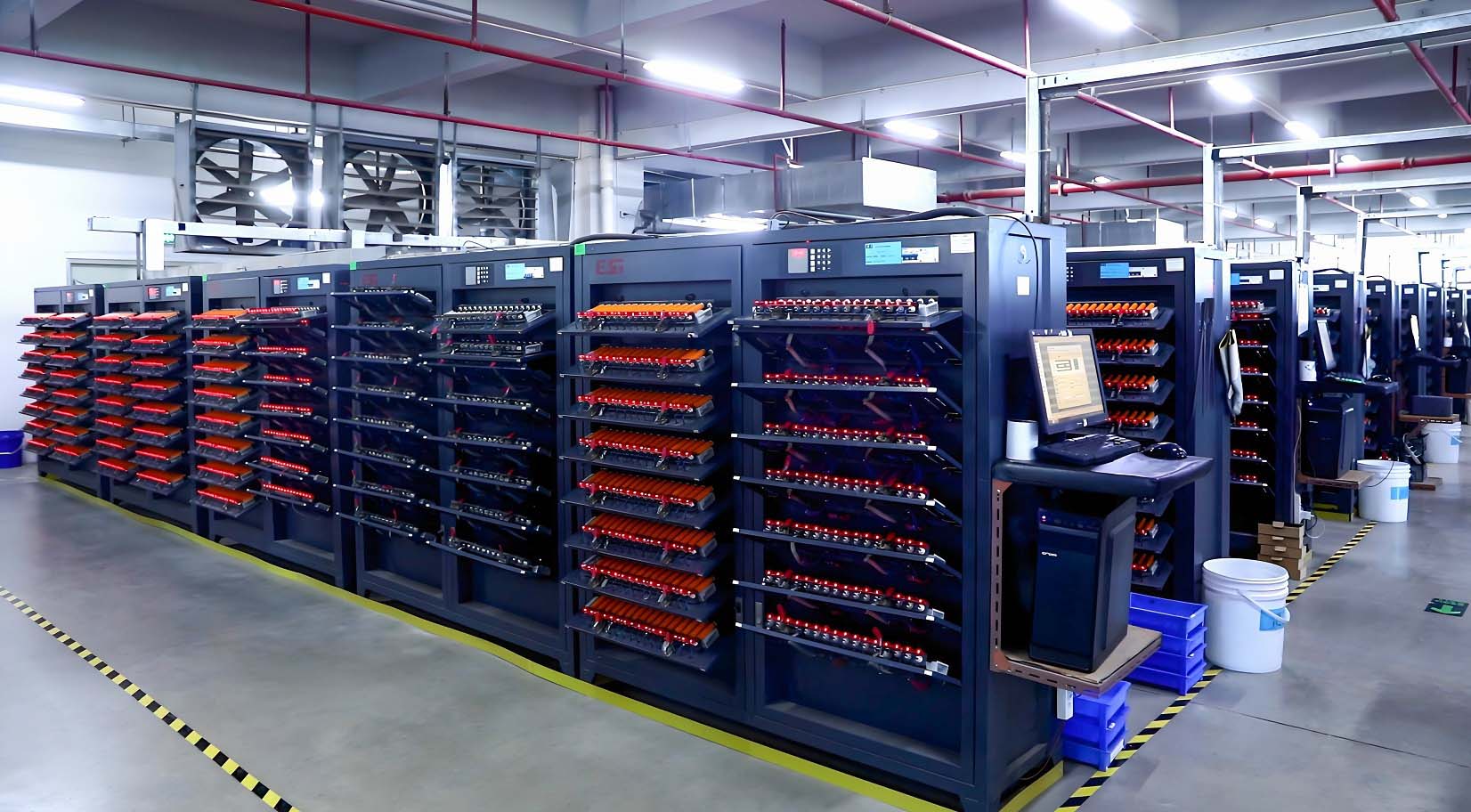The battery capacity divider can detect various parameters of the battery, as follows:
1. Capacity: The battery capacity divider accurately measures the actual capacity of the battery through charging and discharging cycles, which is one of its core functions and is crucial for battery matching and quality control.
2. Internal resistance: It can detect the internal resistance of the battery, which reflects the resistance characteristics inside the battery and has an impact on the power output, charging performance, and self discharge of the battery. A smaller internal resistance usually means better performance.
3. Open circuit voltage: refers to the terminal voltage of the battery when it is not connected to an external load, which can be used as a reference indicator of the battery state.
4. Constant current charging current: During the process of charging the battery with a constant current, the capacity divider can accurately detect and control the magnitude of the charging current, ensuring the stability and accuracy of the charging process.
5. Constant voltage charging voltage: After the battery is charged to a certain stage, it enters constant voltage charging mode. At this time, the capacity divider will monitor and control the voltage value of constant voltage charging to ensure the effectiveness and safety of battery charging.
6. Charging and discharging time: Record the charging and discharging time of the battery, which can be used to evaluate the charging and discharging efficiency of the battery and the usage time of the battery in different application scenarios.
7. Charging and discharging curves: including voltage time curves, current time curves, capacity time curves, etc. By analyzing these curves, we can understand the changes in voltage, current, and capacity of the battery during the charging and discharging process, and thus evaluate the performance and health status of the battery.
8. Cycle life: Multiple charge and discharge cycle tests can be conducted on the battery to detect the performance degradation after repeated use, thereby determining the battery's cycle life.
9. Platform voltage: For certain types of batteries (such as lithium-ion batteries), there is a relatively stable voltage plateau period, and the voltage divider can detect and analyze the value and duration of this platform voltage. The stability and length of the platform voltage are also important indicators for measuring battery performance.
10. Self discharge rate: After the battery is fully charged and left for a period of time, the capacity divider can calculate the self discharge rate of the battery by monitoring the decrease in battery voltage. The lower the self discharge rate, the better the storage performance of the battery.
11. Temperature: Some advanced battery distribution cabinets may be equipped with temperature sensors that can detect temperature changes during the charging and discharging process of the battery. Excessive temperature may affect the performance and safety of the battery, so monitoring the temperature can help detect problems in a timely manner and take corresponding measures.
Different types and models of battery capacity cabinets may have differences in the accuracy of their functions and testing parameters, but overall, comprehensive testing and analysis of batteries are carried out around these main parameters. These parameters are of great significance for battery production, quality control, performance evaluation, and matching of battery packs.




